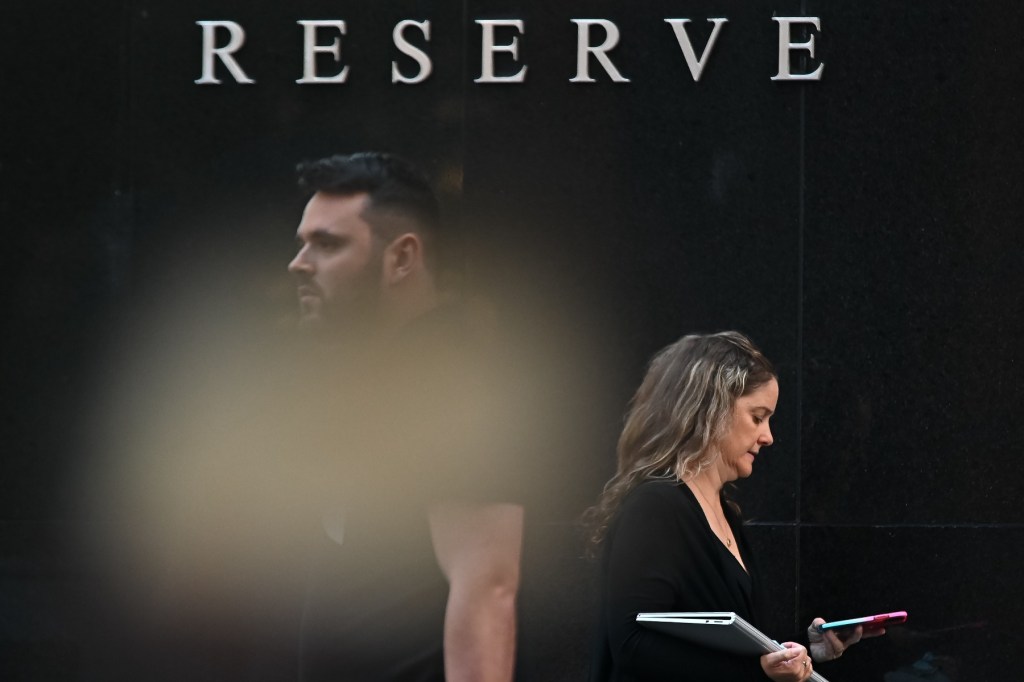These pop stars are virtual. Can they save Australia’s ailing music business?

- by Admin
- July 26, 2024
Hatsune Miku is not like other pop stars.
She has played the part well for almost two decades: selling out shows, releasing hits and attracting fans.
But despite real success, she is not exactly real.
Miku is a “vocaloid”, a voice synthesiser that producers can use in their songs.
The Japanese software has become so popular since its 2007 release that Miku “performed” alongside Lana Del Ray, Doja Cat and Blur at this year’s Coachella music festival.
She is now embarking on her first official tour of Australia and New Zealand this November.
And while doomsayers may see virtual performers as a threat to the creative industries, some artists are using the technology to their advantage.
How virtual idols are finding success
The forced closure of events during the pandemic sparked big interest in new types of performance, from Justin Bieber’s gigs in the metaverse to virtual reality music festivals.
And while much of this experimentation ended with the lockdowns, virtual performers have long found fans in Asia.
Heart-throb virtual boy band Plave, which launched in 2023, has sold more than a million records and earned billing next to big Asian acts on the Idol Radio Live concerts.
And while they might look artificial, each animated avatar is controlled by a real person using motion capture to perform or chat with fans in real time.
“There are lots of factors or technologies that make this possible, but we think that the human element is the most fundamental success factor,” said Kevin Chai, the chief financial officer of virtual entertainment company Vlast, which created Plave.
“Fans are drawn to Plave because there are real humans behind the creation of each virtual persona.”
To date, Plave has been keen to prove they can do everything that a traditional pop idol can, including performing live by broadcasting their avatars into a real venue.
And they’re not the only virtual kids on the block.
Five-member FE:VERSE was formed from a survival show dedicated to virtual performers while South Korean girl group Iiternity showed off their hyper-realistic AI avatars with their debut single I’m Real.
The dark side of K-pop
Lauren Deberardinis works at a Sydney K-pop music store and has seen fans flock to virtual idols like Plave, as they would other pop stars.
“They’re still real people at the end of the day,” she said.
“Even if there’s no one physically in front of you at the time, you can still feel the emotions they’re putting in and all of the training they’re going through.”
And while many emerging stars would welcome a growing fanbase, being in the spotlight can be dangerous.
K-pop has been plagued by reports of obsessive “sasaeng” fans who stalk, harass or try to kidnap their favourite stars.
There are even stories of fans trying to pass on love letters written in blood.
“So being a virtual idol helps [artists] maintain that level of creativity and still have something for the fans to interact with, but doing it in a much safer, protected manner,” Ms Deberandinis said.
Asian pop ‘not a fad’
While the long-term viability of virtual idols remains to be seen, the genre that built their careers continues to grow.
Live Nation promoter Wenona Lok, who specialises in bringing Asian talent to Australia, says 2023 was a “record-breaking year”.
“Melbourne Olympic Park hosted two sold-out Asian pop artists on a Tuesday night,” she said.
“Asian pop is not a fad. It’s definitely an often unnoticed genre.”
While virtual artists are not new, Ms Lok said “an intersection of technology and music” was bringing them to the fore.
“With a lot of the Asian pop artists, and especially the virtual artists, there’s a lot of strategy that goes behind how they engage with their fans,” she said.
“There’s a lot of thought that goes into the content, delivering the music and music videos, creating communities and forums for artists to speak to these fans.”
Australian artists explore the virtual opportunities
While the future may look bright for Asian pop, Australia’s local music industry is facing an existential crisis.
The high-profile cancellation of major festivals like Splendour in The Grass, escalating operational expenses and cost-conscious consumers are making it harder for musicians to make a living.
So artists like Sally Coleman are looking for alternatives.
“I really love playing for live audiences but I don’t always love the lifestyle of being on the road all the time and the financial precarity,” she said.
“That’s currently one of our biggest income generators, but it’s also this really exhausting, precarious way to live our lives.”
Coleman’s latest project, Big Sand, embraces the approach of a virtual idol.
A motion capture suit sends her every move to an animated avatar, which performs on screens surrounding an audience.
She has performed several gigs in Australia and wants to perform across Asia.
“One thing I’m not trying to do is replicate or replace a conventional music gig,” she said.
“But what I am trying to do is create something new. So for the audience, I want it to almost feel like you’re stepping inside a video game or an interactive experience.”
The end of the musician?
Amid the excitement of new technology, the acceleration of AI is prompting discussions about the future role of humans in the creative industries.
Coleman said it all depended on the audience.
“What I love about live music is the connection that you get with the performer,” she said.
“So even though technically it’s completely possible to do all this, without a human directly creating it, I think the bigger question is going to be, ‘Is that what audiences want?'”
AI is also an “open-ended question” for Plave but Mr Chai said that’s not why fans loved Plave.
“All of Plave’s tracks, so far, have been composed by the members themselves, underscoring the essential role of human creativity,” he said.
“Those persona created by the actual humans is what fans really love.”
Loading…
The Latest News
-
December 25, 2024Gearing Up for Australian Open, Nick Kyrgios Elevated in Bold Predictions From Renowned Tennis Experts
-
December 25, 2024Dads’ day out! Australian stars unwind with with wives, kids at MCG. Watch | Cricket News – Times of India
-
December 25, 2024Border-Gavaskar Trophy: What is Australia’s record in Melbourne in Test matches? | Sporting News Australia
-
December 25, 2024India must continue to exploit ‘brittle’ Australian line-up: Ravi Shastri | Cricket News – Times of India
-
December 25, 2024‘I only bowled 24 balls’: Boland looks back in wonder at MCG marvel



